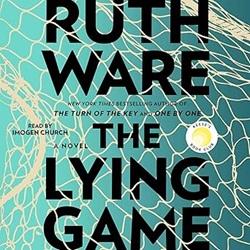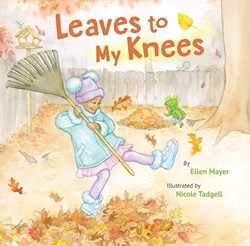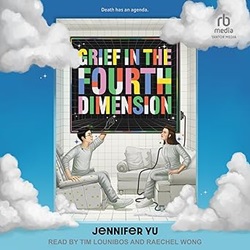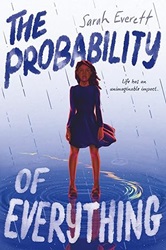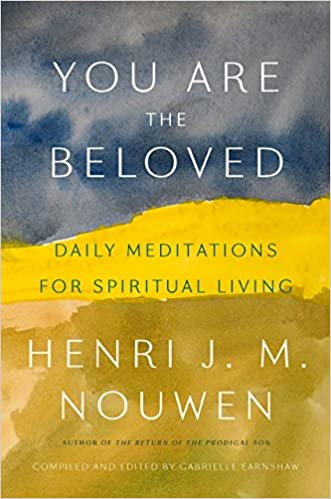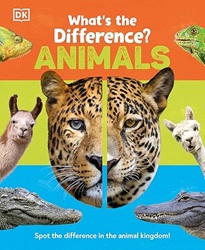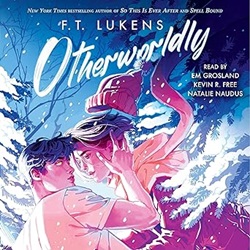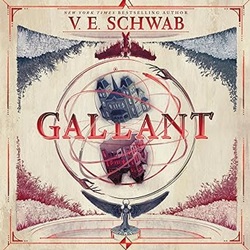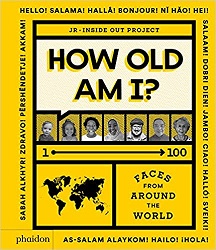Review of The Lying Game, by Ruth Ware, read by Imogen Church
by Ruth Ware
read by Imogen Church
Simon & Schuster Audio, 2017. 13 hours, 40 minutes.
Review written August 27, 2024, from a library eaudiobook.
I’m listening to too many Ruth Ware books too close together. I listened to my first one when I was on the Newbery committee reading only children’s books – and it was a perfect contrast. Now I confess I keep going because I’m a bit of a completist, and I know that I do enjoy her audiobooks. This one was still good, still got me listening avidly, full of tension – but I didn’t enjoy it quite as much as the others I’ve listened to.
The main obstacle? It’s hard for me to sympathize with liars. (Fictional liars cause so much trouble that could just be solved by telling the truth! Yes, this is a pet peeve.) Isa, the main character of this book, was part of a “lying game” with three other friends when she was away at boarding school. Kate was in charge of it, and awarded points if you fooled people, with different points for various levels of lying. But one of the big rules was that they didn’t lie to each other.
In the present, Isa gets a text from Kate, and she comes running – along with Thea and Fatima, back to Kate’s home on the coast next to the school. Isa brings her baby along, and lies to her partner and everybody else about why she’s visiting after fifteen years away. Supposedly, it’s to go to an alumni dinner at the school, but really it’s because the body the girls buried together has been found.
I always worry when the main character of a Ruth Ware book is in a happy relationship! Fortunately, Isa’s partner doesn’t die, but it’s definitely not smooth sailing. (See above about Lying.) And with Isa taking her baby everywhere, you’ve got to have great danger at the end of a thriller, and as feared, Isa’s baby is the one in danger.
But there’s twisty stuff going on finding out what happened fifteen years ago and who they can trust now and what part of the things even they thought about that body were truths and what part were lies. And can they keep the lies of the past from destroying their lives now?
Find this review on Sonderbooks at: www.sonderbooks.com/Fiction/lying_game.html
Disclosure: I am an Amazon Affiliate, and will earn a small percentage if you order a book on Amazon after clicking through from my site.
Disclaimer: I am a professional librarian, but the views expressed are solely my own, and in no way represent the official views of my employer or of any committee or group of which I am part.
What did you think of this book?
